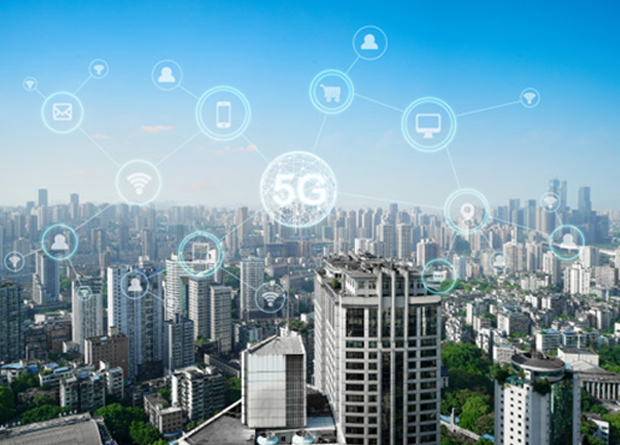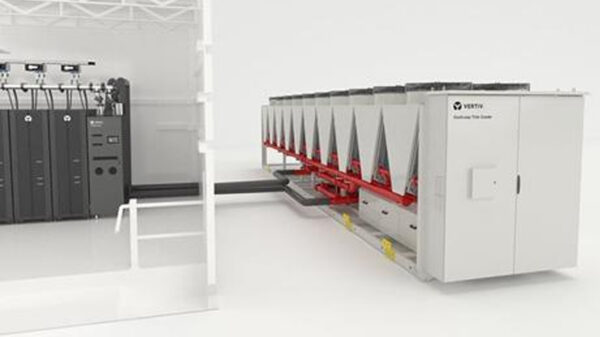Digital innovation, work-from-home, the Internet of Things, and other macro-trends have forced nearly every organization to redesign their networks to provide better business outcomes and user experiences.
The so-called network perimeter, which was once a narrow point of access at the edge of the network, now extends across the entire IT infrastructure—from home offices, branch offices, and enterprise data centers to multiple public clouds well beyond the traditional trusted zone. This fracturing and extension of the perimeter have introduced new requirements across all of the edges with 5G that make up the new network – the LAN, WAN, and cloud.
The rapid and global business response to COVID-19 served to underscore the need for business continuity plans that include flexible, anywhere, anytime, secure remote access to any information, using any application on any device, and from any location – and at scale. But this was not some radical departure from the direction business was already headed. It simply accelerated our transition to a more fluid, digital world.
Achieve Both Performance and Security With 5G
Applications, device functionality, and user experience will continue to accelerate business for the foreseeable future. And underlying that availability, collaboration, and functionality is the need for ubiquitous performance. It is no surprise that a single end-user device today has more processing power, generates more data, and requires faster access to more digital resources than had existed in the entire world just a handful of decades ago.
Today’s companies use these and similar devices to build complex, hybrid networks and multi-cloud environments to gather, store, and process unprecedented data volumes. They are also constantly building and upgrading applications to simplify and accelerate that process. The challenge is that cybercriminals also want access to those resources.
Cybercrime is a multi-billion-dollar industry. In addition to faster devices and more distributed access to resources, businesses also need security tools capable of supporting hyper scalable and hyperconnected infrastructures to deliver better business outcomes and enhanced experiences securely.
Unfortunately, many security solutions and strategies have failed to keep pace with these new technologies and business requirements. Legacy security solutions have notoriously lagged compared to other network development areas in terms of power and performance. Part of that challenge is that security tools often need to do so much more than a traditional network server, router, or switch.
Network devices generally only need to move data from point A to point B. Security tools need to validate that traffic’s origin and destination, authenticate both the user and device, perform deep inspection of each packet looking for malware, and provide persistent monitoring of traffic looking for anomalous behaviors. This process becomes even more complex as data, workflows, and transactions span different compute environments. In addition to handing over packets and traffic protocols, security also must seamlessly pass along consistent policies and enforcement and dynamically share threat intelligence across the entire security infrastructure.
And most security tools try to do these using common, off-the-shelf processors that were never designed for such specialized performance and functionality. So now, as performance demands accelerate, driven by things like 5G-enabled devices and applications, many security solutions will continue to lag further and further behind. We already see the impact.
There is no need to accept a sacrifice of security to attain performance. First, security solutions need to be built with performance in mind. Every major technology developer uses custom ASICs to enhance the performance of smartphones, cloud-based servers, and other network devices. Only a handful of vendors have spent the time and resources required to ensure their security devices can operate at the speed modern businesses demand.
Second, because today’s networks are highly fluid, security cannot operate as a separate solution isolated from the business demands that constantly shift and shape the network. Networks see users and applications as identities that span the distributed network, both on and off-premises. They are designed to ensure consistent access and performance of any transaction end to end. Most security, however, is still focused on securing a specific place in the network, or at best, monitoring a single network segment.
That requires security and networking to function as a single, integrated system. That way, whenever the networking infrastructure evolves or expands, security can automatically adapt and scale as an integrated part of that environment, protecting the extended identity of a user or device to ensure consistent protection while enabling accelerated performance across all network edges.
The security-driven networking strategy converges security and networking into a single system that ensures that whenever the networking infrastructure responds to changing business or connectivity requirements, security automatically adapts as an integrated part of that environment.
A More Secure Edge With 5G
Physical integration is only part of the challenge. Performance and interconnectivity between these two areas are also essential. Network and security policies need to meet constantly evolving requirements at digital speeds, especially as we transition to 5G and beyond.
“Networking and Security must converge to keep up with the changing pace of today’s digital transformation of interconnected environments. It helps ensure that threat detection and prevention can continue to span the evolving network and respond at network speeds,” said Louie Castaneda, country manager of Fortinet Philippines.
We are at the cusp of a new generation of accelerated digital innovation. Billions of new, high-performance devices will create new edge networks and platforms, many of them ad hoc and temporary. We will see new immersive applications, such as VR and AR-based communications, rich streaming media, and interactive tools that create collaborative experiences that will soon become business-critical.
These solutions will tie multiple services together in new ways, enabling intelligent systems such as smart transportation, smart building and cities, and smart infrastructures. Protecting these environments will require the convergence of networking and security to ensure data and devices’ integrity across their extended and expanding environments and to do so at the accelerating speeds evolving systems will demand.
Because these new integrated platforms and evolving edge environments will be built using a constantly shifting number of interconnected devices and applications, security and networking will need to operate independently. And as the speed and sophistication of cyber threats can target a rapidly expanding and evolving attack surface, security will need to refocus on prevention, far more complex and processor intensive.
High-performance transactions in new edge environments will also require immediate decision-making. As a result, security will not only need also to be integrated consistently across all IoT and networking devices, but it will also need to include advanced AI to meet expanding performance and decision-making demands.
None of this can happen using the traditional security solutions most organizations have in place today. Next-generation challenges require next-generation security solutions built around integration, convergence, adaptability, and performance. 5G is just the tip of the spear. Businesses that want to thrive in today’s evolving digital world will need to retool and more deeply integrate advanced security solutions into their overall technology evolution strategy.









































































































